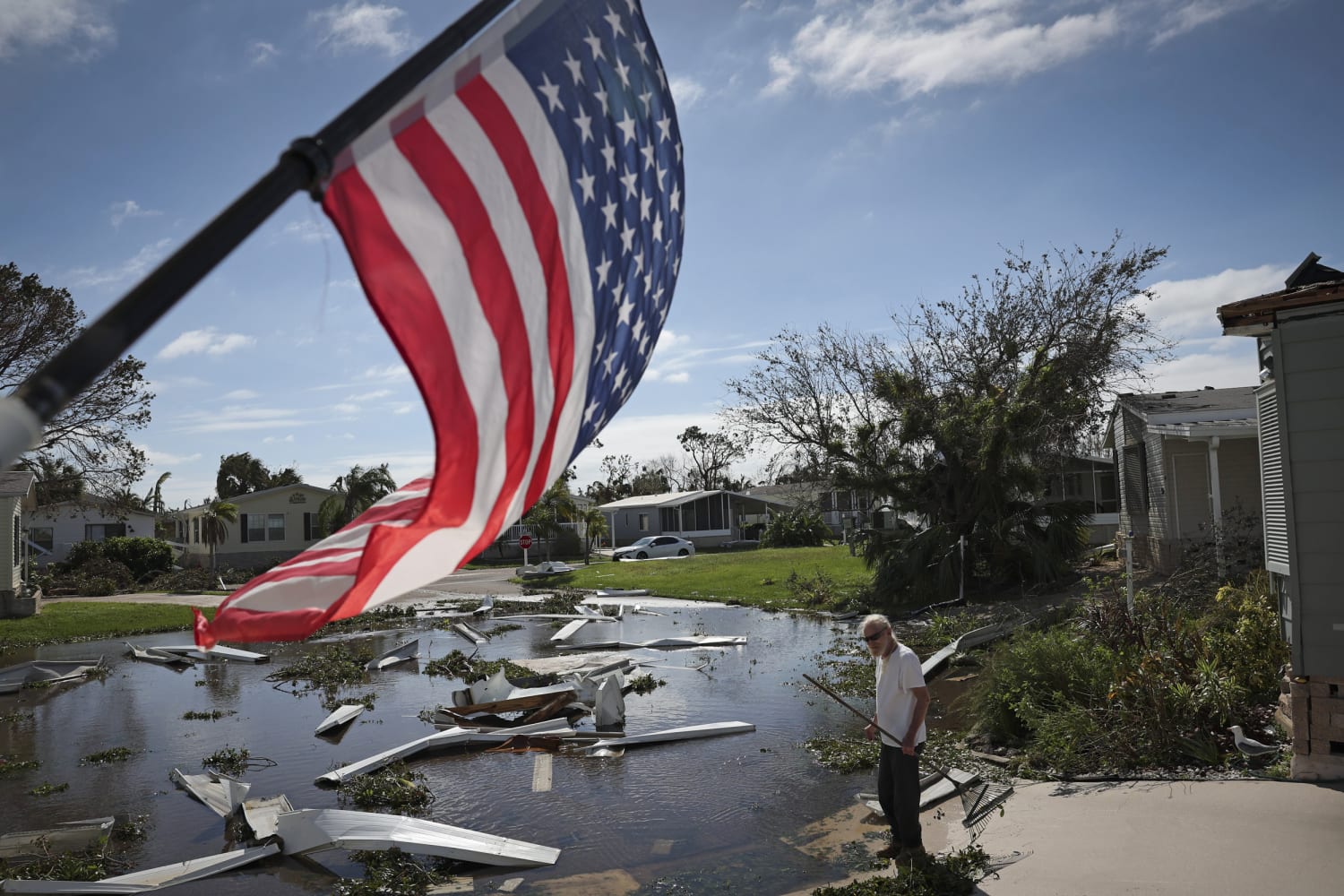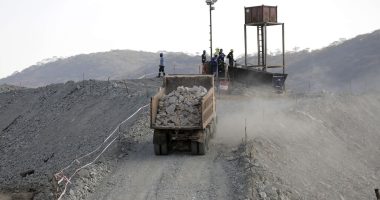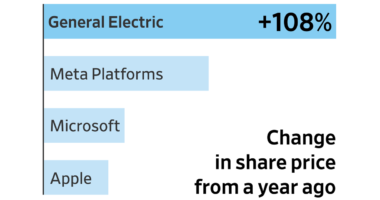Hurricane Ian pummeled Florida’s Gulf Coast Wednesday, becoming one of the most powerful storms to ever hit the United States.
The storm caused extensive flooding in Fort Myers, Punta Gorda and other parts of Lee County and Charlotte County, leaving 2.5 million people in the state without power. The number of deaths from Ian is unconfirmed, but President Joe Biden said Thursday that the storm may result in “substantial loss of life” and could end up being the deadliest storm in Florida history.
Ian, now downgraded to a tropical storm, continues to lash parts of Florida with heavy rain and wind. The National Hurricane Center said Thursday that Ian will likely gather strength as it charges toward South Carolina, where it is expected to make landfall again Friday as a hurricane.
Across the Florida peninsula, where Ian was one of only 15 Category 4 or 5 hurricanes to make landfall in the state since record-keeping began in 1851, recovery efforts are just beginning.
The hurricane’s 150 mph winds verged on Category 5 intensity, generating life-threatening storm surge and widespread flooding. It may take weeks or months to assess Ian’s damage, including the storm’s rainfall totals and flooding.
While the full extent of the hurricane’s devastation is not yet known, here is how Ian compares to the most destructive hurricanes in Florida’s history.
Hurricane Andrew — 1992
Hurricane Andrew was the strongest and most catastrophic storm to strike southern Florida, according to the National Oceanic and Atmospheric Administration.
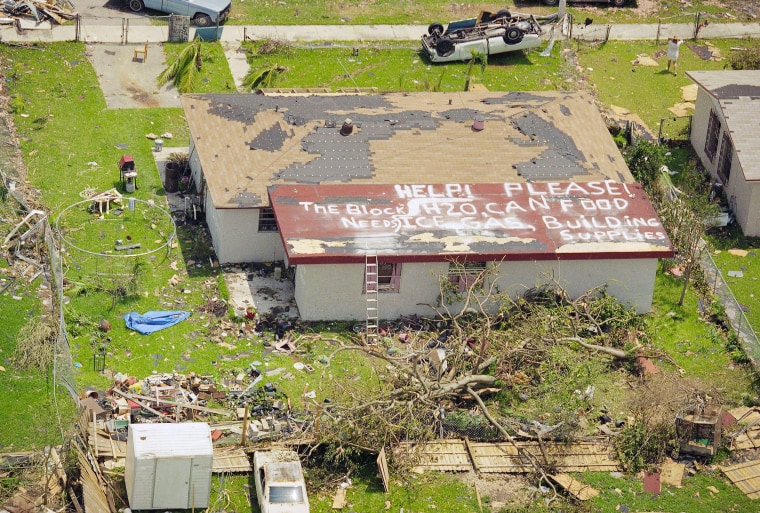
The hurricane made landfall in South Miami-Dade County as a Category 5 storm on Aug. 24, 1992, with maximum sustained winds of 165 mph.
Hurricane Andrew came ashore in the predawn hours and caused an estimated $26 billion in damages, according to NOAA. The hardest-hit community was Homestead, Florida, where more than 99% of mobile homes were destroyed, the agency said.
Andrew eventually churned into the Gulf of Mexico and made landfall again two days later as a Category 3 storm in Louisiana, where it caused an estimated $1 billion in damages.
At the time, Andrew was the most expensive natural disaster in U.S. history but was surpassed by Hurricane Katrina in 2005.
In total, Andrew was directly responsible for 23 deaths in the U.S., according to NOAA.
Hurricane Charley — 2004
As Hurricane Ian neared Florida’s southwestern coast, many were reminded of a storm that cut a similar path through the Caribbean nearly two decades earlier.
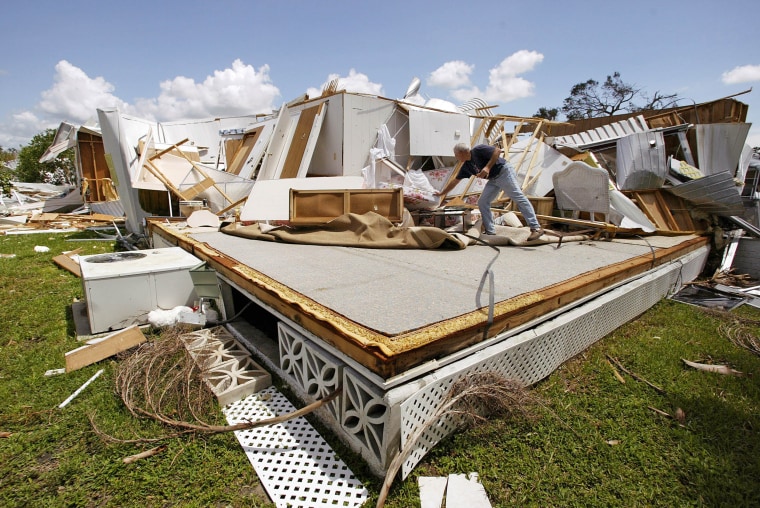
On Aug. 13, 2004, Hurricane Charley made landfall near Cayo Costa, just west of Fort Myers — the same area where Hurricane Ian came ashore on Wednesday. Both hurricanes slammed into western Cuba before hitting Florida as Category 4 storms, though Ian was much larger and slower-moving.
Coincidentally, the two storms slammed into Florida at similar times in the afternoon, with Charley making landfall at 3:45 p.m. ET and Ian coming ashore at around 3 p.m. ET.
Charley was directly responsible for 10 deaths in the United States and caused an estimated $6.8 billion in damages in Florida, North Carolina and South Carolina, according to the National Hurricane Center.
Earlier in the week, Gov. Ron DeSantis urged residents not to gauge Ian’s threats based on people’s experiences of the 2004 storm.
“I would just say, the track may end up doing something similar, but this is a much different storm,” he said Tuesday.
While the two hurricanes shared some similarities, experts said storm surge, flooding and rainfall from Ian was more severe. And though Ian and Charley made landfall as Category 4 storms, hurricanes in recent years have become rainier and more intense because of climate change.
Hurricane Michael — 2018
Hurricane Michael made landfall as a Category 5 storm in the Florida Panhandle on Oct. 10, 2018. The hurricane produced “devastating” winds and storm surge as it moved ashore near Mexico Beach and Tyndall Air Force Base, according to NOAA.
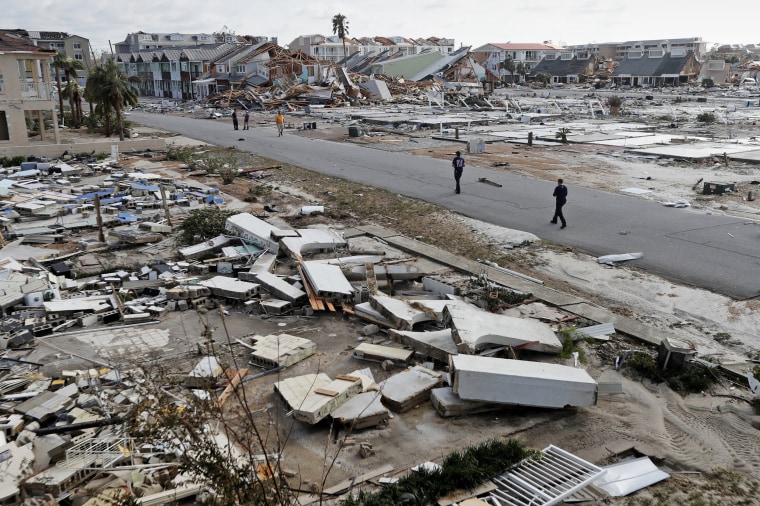
Michael was directly responsible for 16 deaths in the U.S. and caused a total of around $25 billion in damages in Florida, Georgia, Alabama, South Carolina, North Carolina and Virginia, according to the National Hurricane Center.
The hardest-hit area was Mexico Beach, where NOAA said 1,584 buildings out of 1,692 in the town were reported damaged, including 809 buildings that were destroyed.
Before hitting Florida, Michael made landfall in western Cuba as a Category 2 storm, causing heavy rainfall and flooding.
Hurricane Irma — 2017
Irma made landfall in the Florida Keys as a Category 4 storm on Sept. 10, 2017. The hurricane was one of the strongest and costliest storms on record in the Atlantic Basin, according to NOAA.
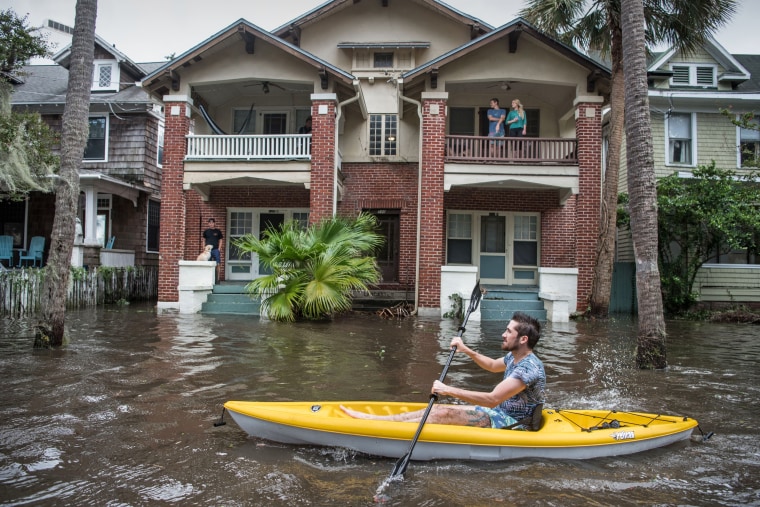
The storm produced devastating winds, heavy rain and high surf, and was directly responsible for 10 deaths in the U.S., according to a post-storm analysis by the National Hurricane Center.
Irma is estimated to have caused $50 billion in damages, making it at the time the country’s fifth costliest hurricane after Katrina in 2005, Harvey in 2017, Maria in 2017 and Sandy in 2012.
Hurricane Irma was known for being a long-lived storm that made seven different landfalls. The storm came ashore four times across the northern Caribbean Islands as a Category 5 hurricane, slammed into the Florida Keys as a Category 4 storm and also hit southwestern Florida at Category 3 intensity, according to NOAA.
Source: | This article originally belongs to Nbcnews.com


